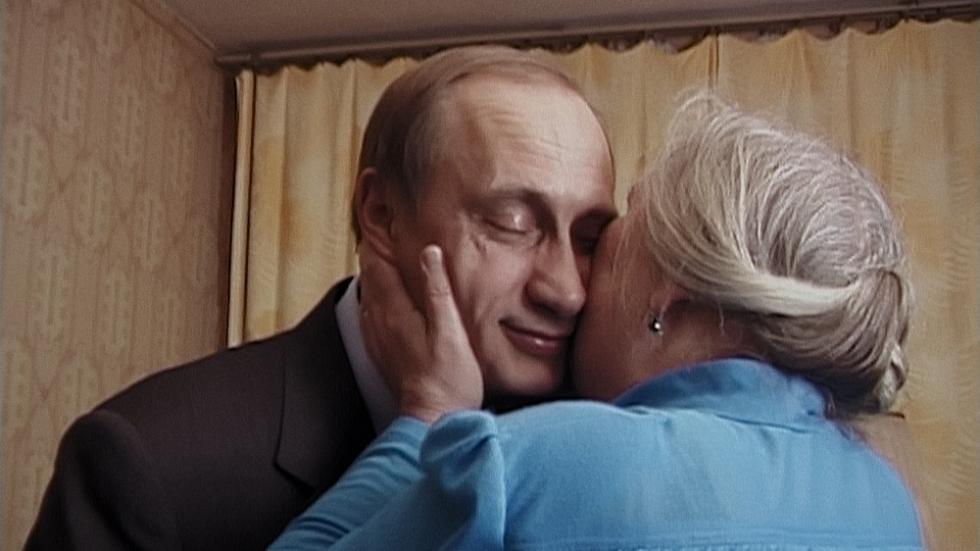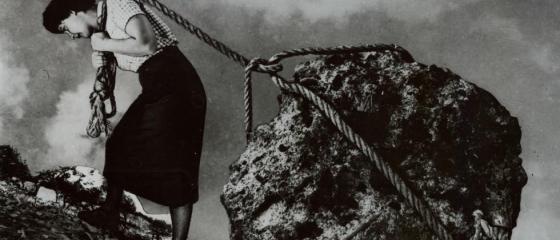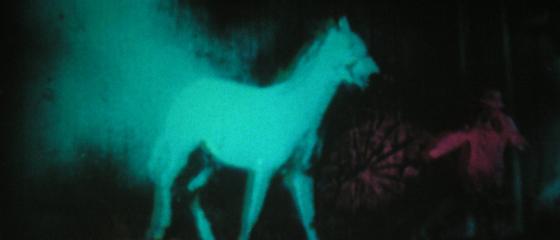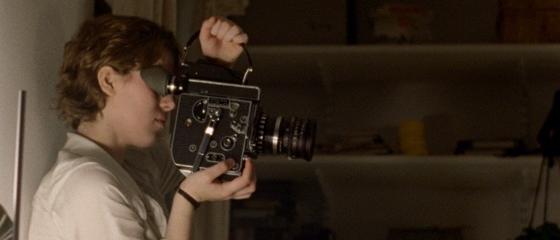Cinema could be, in its primary definition, a device capable of capturing the present instant. The recording of immediacy. The perfect witness. And yet, cinema is also that phantasmagorical memory that can reproduce that which is no longer there. An optical illusion. A mirage.
It is perhaps because of that double movement which forces it to inscribe itself with a single gesture, in that past and in the present, that cinema has maintained a complex relationship with time, with even more reason if what we are talking about is cinema in urgent times like these. The filmic image, since its origins, has been the paradigmatic expression of objectivity, a privileged witness of historic events, one of the constituent materials of collective memory. In short: a document. And yet (we know this very well) there is nothing as artificial as an image, So, what exactly does this kind of document imply from an ontological point of view? Is it possible to subvert the filmic archive in order to imagine other possible stories? In what way can contemporary cinema tackle the new challenges resulting from the reconstruction of a collective memory archive?
No, no image is innocent. No, no film shot exists in isolation. No, no film can be separated from those that came before and those that will come after. Maybe for this reason, the only possibility is that of conjuring up another possible past, that of inventing a blurred, intoxicated, merciless memory. A dystopic memory.
The films that we are presenting in this new edition of New Waves-Non Fiction all venture, to a greater or lesser degree, towards that idea of reformulation. Articulating, in one way or another, this old unresolved question about the way cinema interrogates, reconstructs or subverts the official discourse of history. Some will do it directly, working with the Soviet state’s film archive as is the case with Sergi Loznitsa’s seminal work, The Trial, which recovers material filmed at one of the most violent trials in the history of Stalinism, in which a group of engineers and economists, suspected of organising a coup d’état, were tried and sentenced for a crime they didn’t commit. Loznitsa turns this official archive into an extremely contemporary question about the weight of public opinion and political expression. Images as the mirage of history, like that reflection we are obliged to look at but that does not constitute a definitive proof of the truth. Loznitsa follows that same line of aesthetic questioning in another of his films present in our selection, Victory Day. In it, his camera becomes that direct witness of the commemoration of the Soviet victory celebrated each year in Berlin, registering that historical counter-shot to the images from the Soviet archive, which show that the spectres from an unresolved political past, are still wandering in the present day

Europe’s recent political past is undoubtedly one of the main axis on which our 2018 non-fiction programme is constructed. The history of Europe is revealed as a constant, inflammatory, furious concern that would motivate contemporary filmmakers to explore the ruins of what was left after the fall of the Berlin wall, or more specifically, after the undeniable triumph of capitalism. What cartography could we draw from the images inherited from our immediate political past? How do we deal with the ruins, the waste lands, the old symbols that today take on a different meaning? The political landscape of a Europe in full disintegration is presented as one of the tensions that are still agitating images today.
In I See Red People, the filmmaker of Bulgarian origin Bojina Panayotova, goes back to her parents’ country to try to unravel some of her family’s less honourable secrets. Revisiting images of the family archive, Panayatova discovers a past that would reveal political betrayals, and not very heroic acts by her parents and grandparents. The young director thus puts her finger one of the most lacerating sores of the discourse of historical memory. What share of responsibility do we have for the crimes committed by our ancestors?
But this won’t be the only film to venture into the swamp land of contradictory figures of history. In the same way, director Anja Kofmel will try to throw some light on the mysterious disappearance of her cousin, a journalist murdered during the war in the former Yugoslavia. Chris the Swiss directly question the documentary nature of the image, daring with animation to try to cover the abyssal gaps in history, thus opening the way to another of the essential questions in documentary cinema: how to represent in a film something of which we have no graphic proof. How to represent, the void, the missing image.
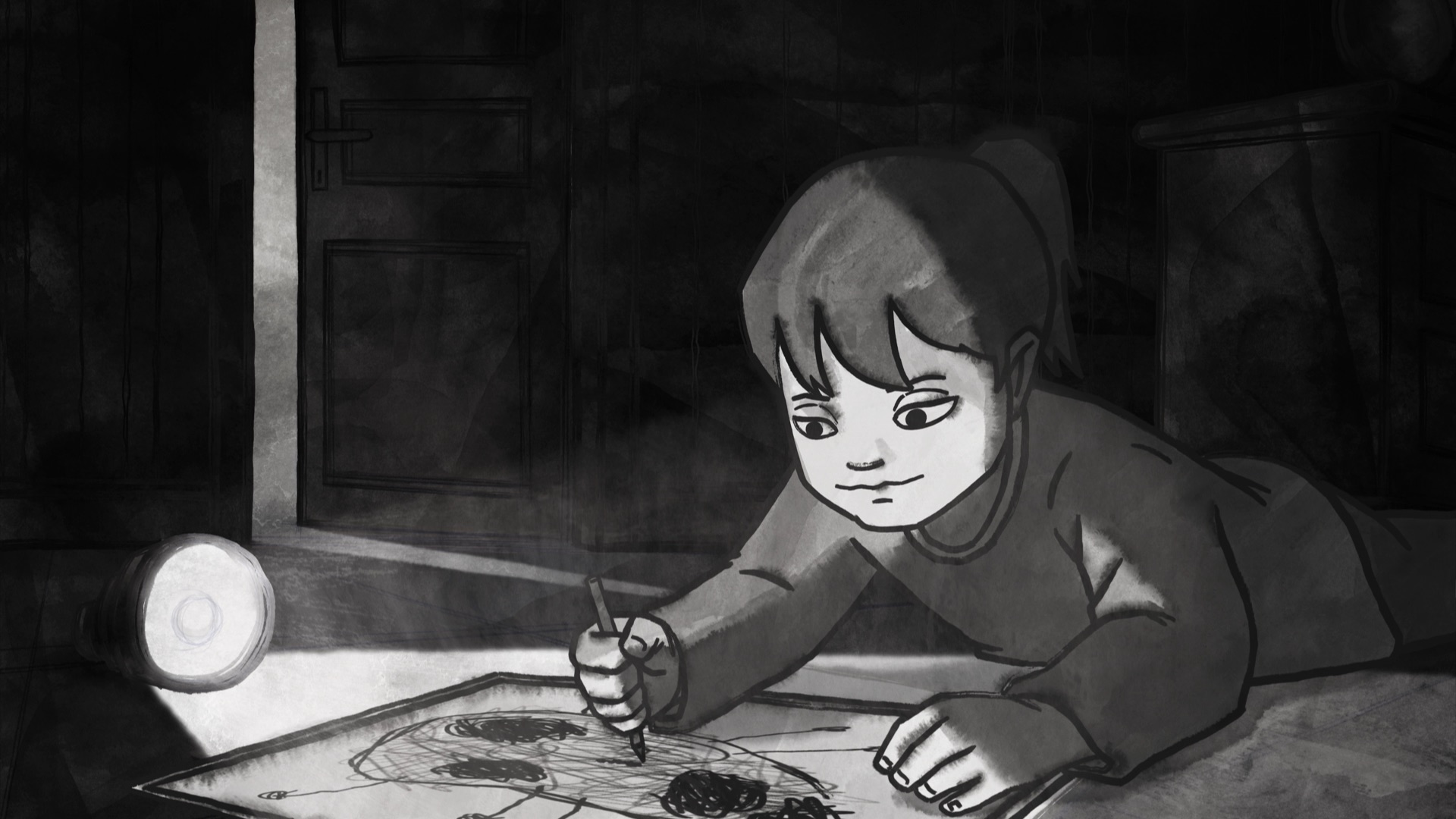
War will continue to be, from the point of view we are offered by these films, the paradigmatic example of the unrepresentable. How do you build a collective story about memory assuming that there are things that can’t be shown, or even pronounced? How do you represent the unspeakable? The Syrian director Sarah Fattahi offers a possible answer with her second feature film. As subtle as it is convincing, Chaos deals with some of the consequences of war that have been less dealt with: solitude and distance. Chaos is an intimate story by the director, herself a political refugee in Vienna, who slides her camera between the folds of a new life in another city, far from her own people and alone. Learning to move through new spaces, new routines. More than a film, Chaos is a whispering chronicle that reminds us that intimacy is also a form of militancy.
The non-fiction cinema that we have gathered together this year insists on the idea that the political chronicle should always be a porous story, malleable and full of edges. A liquid story. This is what is also proposed by Mathieu Bareyre with his first feature film Young and Alive. A film shot during the demonstrations by the nuit de bout (the social movement organised in France last year, similar to movements like 15M) with the immediacy of the political event. Bareyre doesn’t intend with this film to offer the definitive story of the events, but one of the possible chronicles, where there is room for great political speeches and also for confessions from anonymous people in the middle of the night. Cinema is presented here as an electric spark in the middle of the night, as the stroboscopic reflection of past struggles. And again, the uncomfortable question that perhaps we can’t answer in a hundred years, a thousand. Is it possible to separate ourselves from the political inheritance of our parents? From its weight? From its toxic nature?
The portrait will also occupy an important place in this programme. The doyen of the genre, Nicolás Philibert, goes deeply into his investigation of the human species, offering us an ensemble portrait of those people whom society frequently ignores. This time the French filmmaker tackles the invisible, repeated gestures of teachers and students at a nursing school. But the portrait also adopts unexpected, even irreverent, forms, as is the case of Putin's Witnesses by another veteran, Vitaly Mansky, who tackles one of the most complex challenges that could have come up for a Russian filmmaker today: to make a film about the most complicated, unfathomable celebrity in his country, Vladimir Putin. Mansky got to submerge himself in the most intimate corners and moments of the Russian president, trying to include both his grand gestures and his day to day life in the same film, building a polyhedral image of the character he portrays.
The body will also be essential instrument in the historical story. In our programme we have two films that begin from the detailed study of bodies and go on to talk to us about a whole society. Two films that take sport as a starting point (with elite figures like McEnroe in In the Realm of Perfection, by Julien Faraut, and anonymous lunatics like Laurențiu Ginghină, the hero of Infinite Football by Corneliu Porumboiu) as a symptom of a society. Two films that talk about how sport crystallises collective desires onto the figure of its stars.
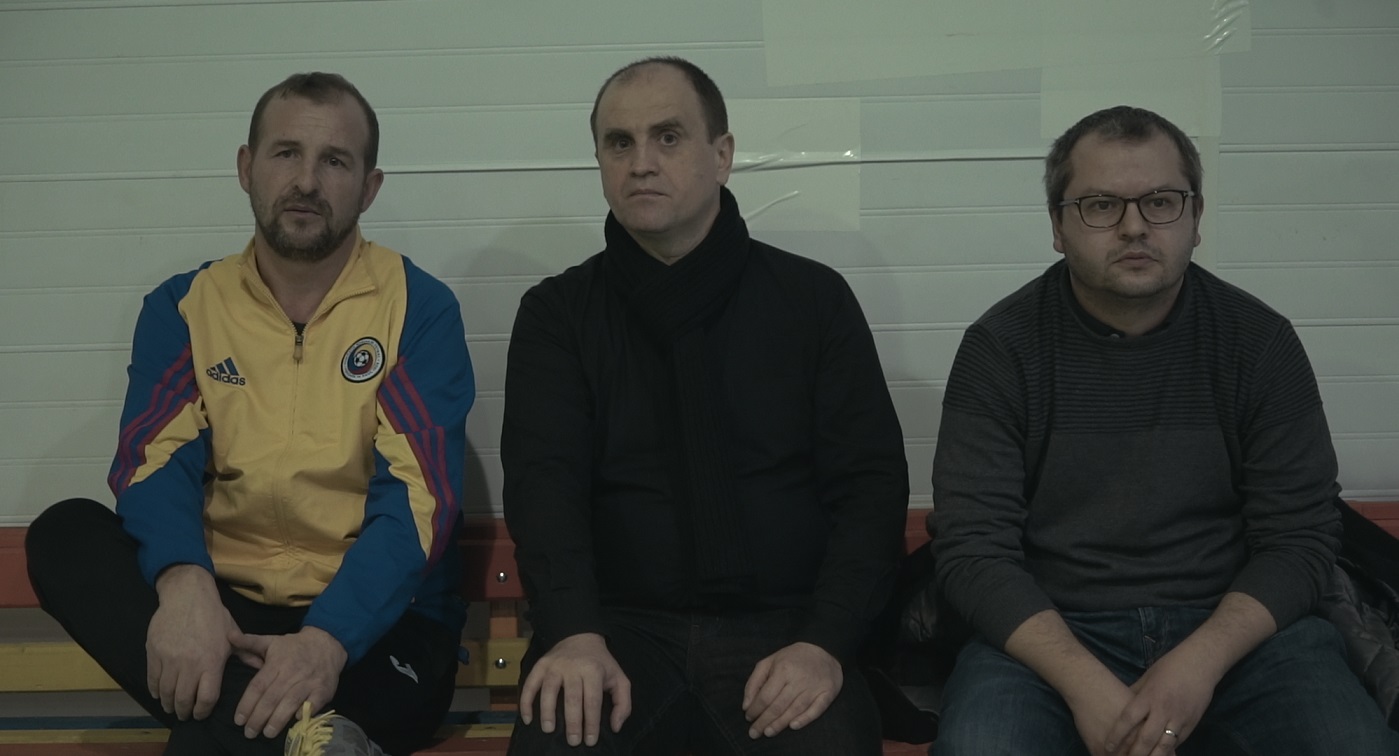
But, in these convulsive times, non-fiction cinema also allows itself to drift, to wander. Faced with the question of how contemporary cinema is related to the discourse on history, some of the films that make up the section answer with the forcefulness of uncertainty. If, as we said at the beginning, cinema in its primary definition is the result of an optical illusion, perhaps dystopia is the only solution for building a discourse on past times and times yet to come. So, some of these films, aware of the fragility of collective memory, reinterpret the ruins of the past to imagine another possible future.
Alberto Gracia, one of the most radical, free and talented artists in contemporary Spanish cinema, invites us to travel with La estrella errante through the fragmented, lacerating and even absurd territory of post-industrial Spain. Gracia’s new work is presented as a total geographical and historical dystopia. Robert Perdut, the singer in an underground group in the 80s, is here the representative of a bastard generation. A generation without direction, without destination, without any possibility of existence in the era of GPS and savage ultraliberalism, an era that no longer accepts wandering movements. Post-industrial landscapes are also present in another of the films that explores the territory as if it were a latent memory of the social struggles that were fought in it. That is the case of In memoriam (la derrota conviene olvidarla) by Marcos M. Merino, who with this film looks at the various elements that work to keep alive the history of the mining valley of the Turón.
But perhaps the example that takes this idea of historical invention to the greatest extreme is Extinçao, the new work by the Portuguese artist Salomé Lamas, who ventures again into the swamp land of political imagination in order to subvert it. Lamas proposes a hypnotic journey to the depths of an imaginary border, the one dividing Moldavia and Transnistria (a country that isn’t recognized legally), thus showing up the performative power of political fictions, specifically, those generated after the disintegration of the Soviet block.
Exploring images of audiovisual memory to formulate possible deviations from official history has been (and still is) one of the main concerns of non-fiction cinema. But history, and we know this well, is not a discursive dystopia. And perhaps cinema is no more than the deluded archive built on this reflection. A collection of images that make up possible memories. We said it already. An illusion. A mirage.



